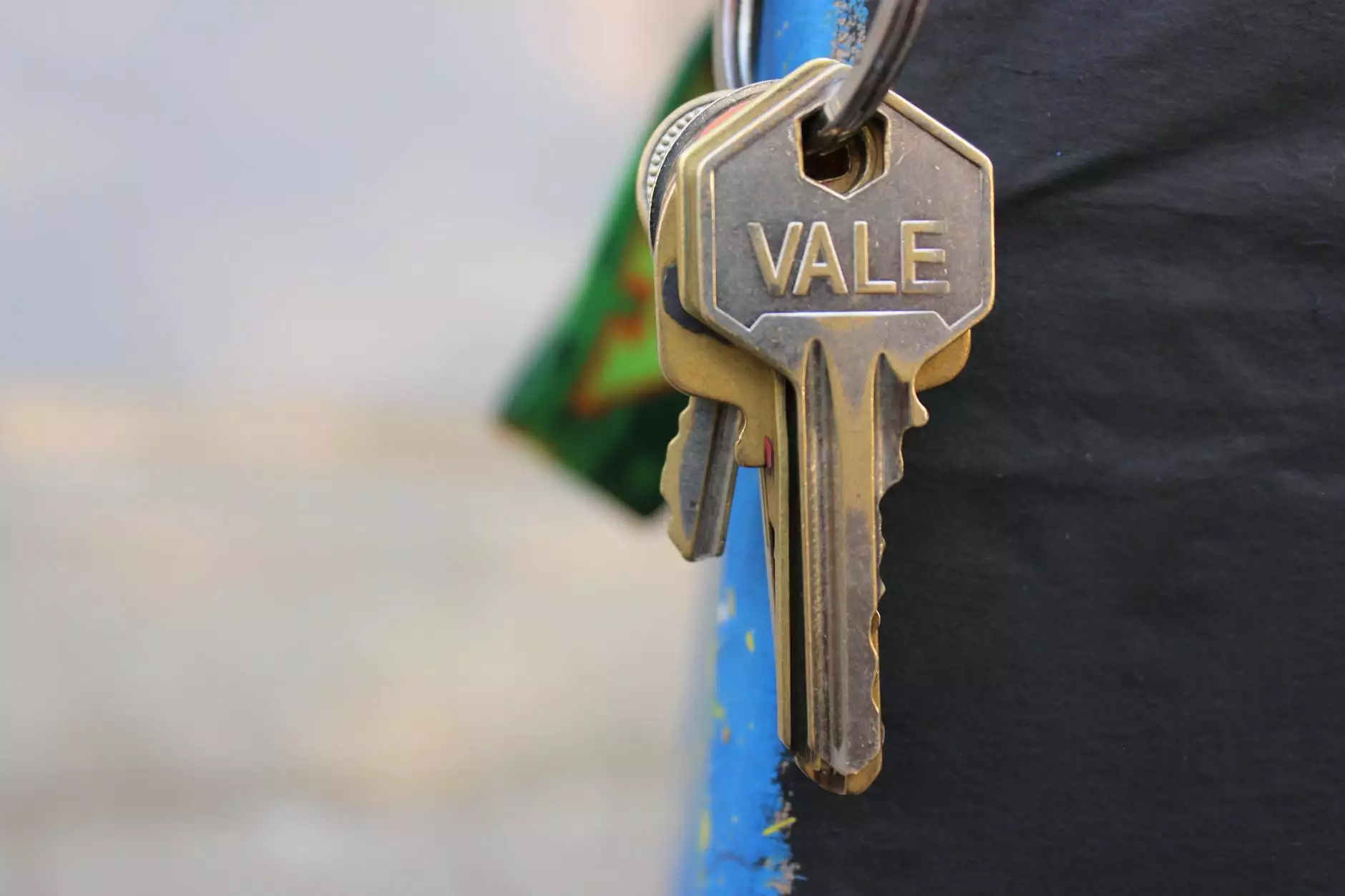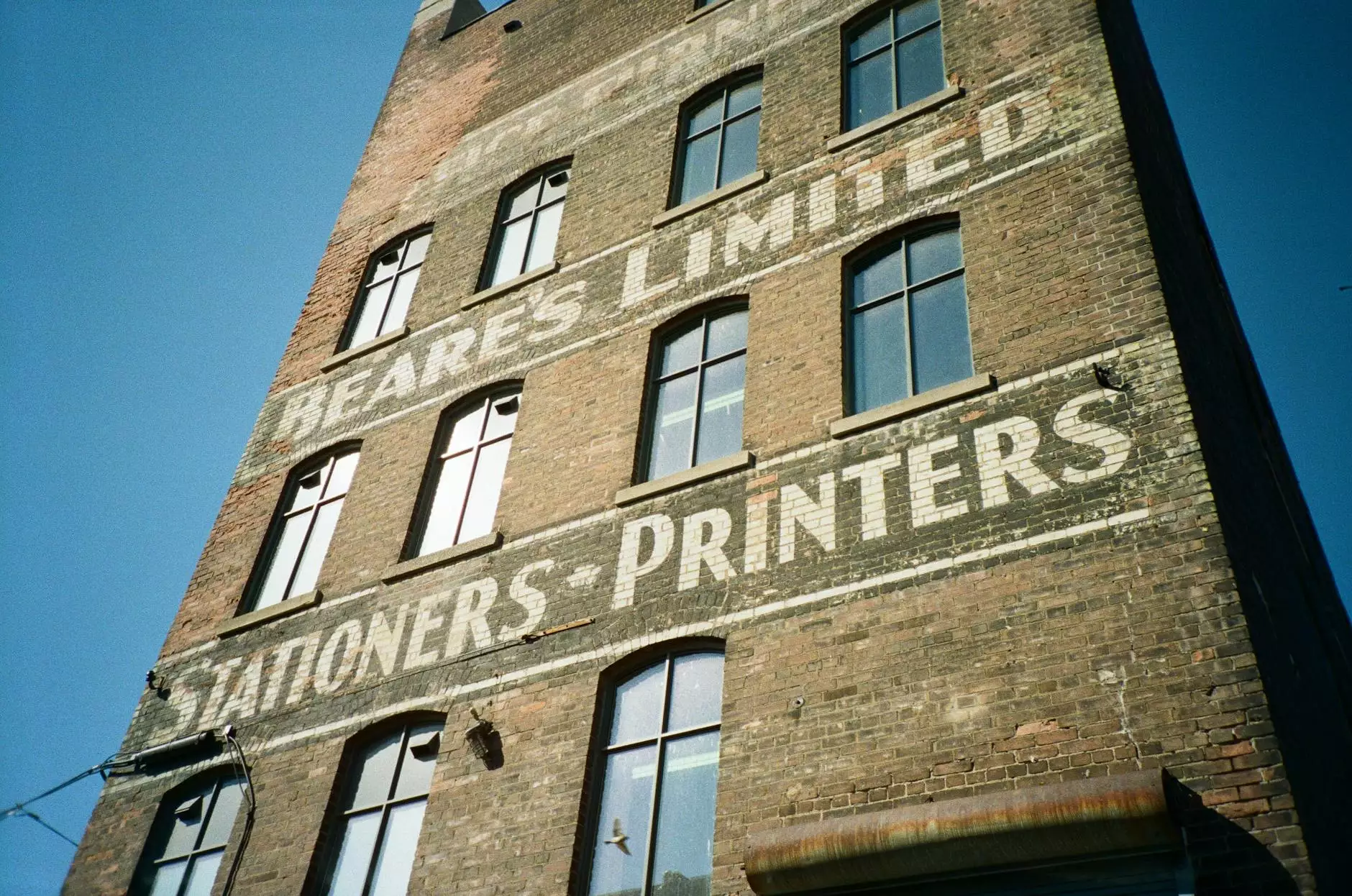Understanding Mortise Locks: A Key Component in Security and Convenience

Mortise locks are a crucial aspect of door security that combine functionality with aesthetic appeal. Their design offers enhanced security features, making them ideal for both residential and commercial properties. In this extensive guide, we will delve into the world of mortise locks, examining their structure, benefits, installation methods, and how they stand superior to other types of locks on the market.
What is a Mortise Lock?
A mortise lock is a type of lock that is installed into a pocket (or mortise) cut into the edge of a door. This unique installation method allows the lock to be more secure and robust than surface-mounted locks. Mortise locks come with various mechanisms, offering differing levels of security, and are often used in conjunction with a knob or handle.
The Structure of Mortise Locks
The construction of a mortise lock consists of several important components:
- Case: The main body of the lock that houses all other components.
- Deadbolt: A solid bolt that provides enhanced security when thrown into the door frame.
- Striker Plate: A metal plate installed on the door frame that the deadbolt engages with.
- Thumbturn: A mechanism that allows unlocking from the inside without a key.
- Key Cylinder: The component where the key is inserted to operate the lock.
- Spindle: Connects the locking mechanism to the door handle or knob.
The Benefits of Choosing Mortise Locks
Opting for a mortise lock offers numerous advantages, making them a favored choice among property owners:
- Enhanced Security: Due to their design, mortise locks are more difficult to pick compared to standard locks.
- Durability: Mortise locks are typically made from high-quality materials, resulting in long-lasting performance.
- Variety of Designs: Available in multiple styles, they can match or enhance the aesthetics of your doors.
- Higher resistance to tampering: The internal design of a mortise lock makes it less vulnerable to forced entry methods.
- Versatility: They can be integrated with various door systems, including double doors, office doors, and residential entrances.
How to Choose the Right Mortise Lock
When selecting a mortise lock, it's important to consider factors like security level, material, style, and functionality. Here are some tips to guide you:
Security Ratings
Look for locks that meet recognized security standards. The ANSI (American National Standards Institute) offers ratings from Grade 1 (commercial strength) to Grade 3 (residential). For high-security needs, a Grade 1 lock is recommended.
Material Quality
Locks made from solid brass, stainless steel, or other high-strength materials tend to offer better durability and resistance against wear and tear.
Style and Design
Choose a style that complements your door and home decor. Mortise locks come in various finishes, such as polished brass or brushed nickel, allowing you to select one that matches your existing hardware.
Ease of Installation and Maintenance
While mortise locks can be more complicated to install than simple deadbolts, it is crucial to find one with a user-friendly installation guide or hire a qualified locksmith to ensure it is fitted properly.
Installing a Mortise Lock: A Step-by-Step Guide
Installing a mortise lock can seem daunting, but with the right tools and instructions, it can be manageable. Here’s how to do it:
Tools Required
- Drill and drill bits
- Chisel
- Screwdriver
- Measuring tape
- Pencil for marking
- Level
Steps to Install
- Measure and Mark: Identify where the lock will be installed, measuring carefully to ensure proper alignment.
- Drill the Lock Body Hole: Use a drill to create the necessary hole for the lock case.
- Chisel the Mortise: Create a mortise in the door edge to fit the lock securely.
- Insert the Lock: Place the mortise lock into its designated space and ensure it fits snugly.
- Attach the Striker Plate: Secure the striker plate with screws on the door frame where the lock will engage.
- Test the Lock: Before securing everything completely, test the lock mechanism to ensure it works smoothly.
Maintenance Tips for Your Mortise Lock
To keep your mortise lock functioning optimally, regular maintenance is essential:
- Lubrication: Use a silicone-based lubricant on the keyway and moving parts regularly to prevent sticking.
- Check for Wear: Inspect periodically for any signs of wear or damage. Replace if necessary.
- Keep the Area Clean: Ensure the area around the lock is clean and free from debris that could interfere with its operation.
- Test Regularly: Regularly test the lock to ensure it opens and closes smoothly.
- Professional Inspection: Consider having a locksmith inspect your lock every few years for comprehensive assessments.
Common Issues With Mortise Locks and Solutions
Despite their durability, mortise locks may encounter issues over time. Here are some common problems and how to resolve them:
Key Doesn’t Turn
If the key won't turn, it may be due to dirt or debris in the lock. A quick solution can be spraying a lubricant into the keyhole and gently working the key in and out.
Lock Sticking
A sticking lock could indicate it needs lubrication. Apply a silicone spray and operate it a few times to see if it resolves the issue.
Loose Handles
Handles may become loose over time. Tighten the screws connecting the handle to the lock assembly to maintain a snug fit.
Conclusion: Why Mortise Locks are a Smart Investment
In conclusion, choosing a mortise lock for your home or business is a wise investment in security and style. With their robust construction and versatile designs, they provide peace of mind and enhance curb appeal. Investing in quality locks like mortise locks can protect your property, add to its value, and ensure your safety and that of your loved ones.
For expert advice and top-quality mortise locks, visit kaukaban.com. We offer a wide range of hardware solutions to meet all your locksmith and security needs.









